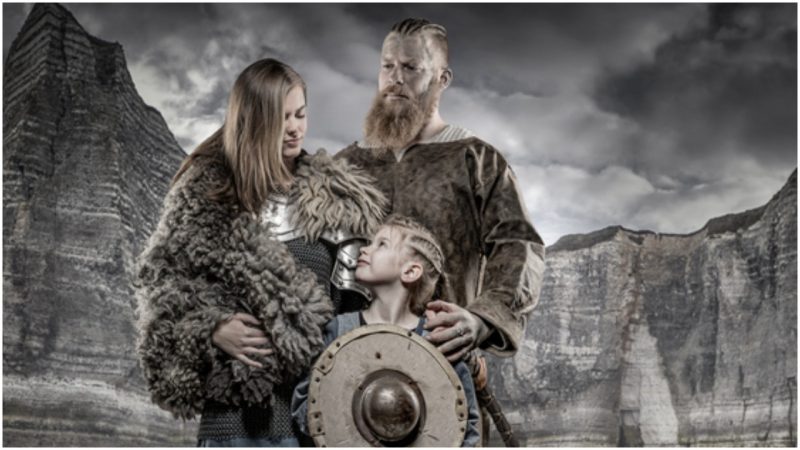Midway through the second season of the History Channel’s popular show “Vikings,” the main character, Ragnar Loðbrok, wrestles with a choice – to abandon his deformed son or let him live. For a few agonizing moments, the audience believes that Ragnar is going to decapitate the infant, which he takes out into the woods.
At the last moment, Ragnar relents, gets up and walks off. His wife, Aslaug, has found him and the baby and takes the child back home. Later we see the family together, and Aslaug tells Ragnar that the child’s name will be “Ivar,” to which Ragnar replies “Ivar…the Boneless,” for the infant (in the show) either lacks bones or the musculature in his legs to be able to walk.
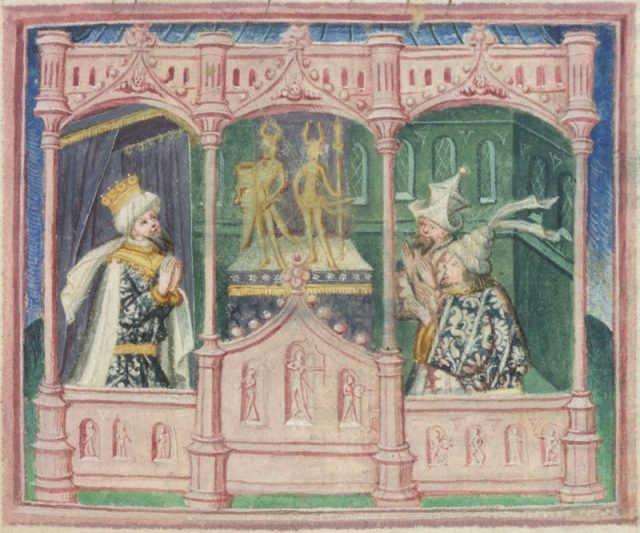
Some of the facts of history and its timeline are played fast and loose in the series. No one is positive that their even was a Ragnar Loðbrok, though his story plays out in histories written after the Viking Age.
There were historical personages “Bjorn Ironside” and “Ivar the Boneless.” Both are supposed to have claimed their father was the great Ragnar Loðbrok, but in a society where much of your status derived from your ancestry, this is not surprising.
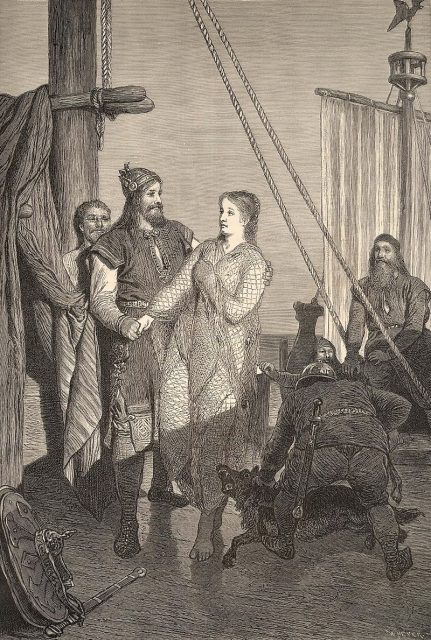
In the series, Queen Aslaug claims to be the child of the Valkyrie Brunhilde and the great warrior Siegfried – two absolutely mythical characters. Later in the series, she all but admits this is a complete fabrication.
10 Things you may not know about the Vikings
That leaves us with the question of whether or not the scene where Ragnar agonizes over whether to kill his son was accurate. According to History.com it is. The Vikings and other cultures were known to “remove” the sick from their societies, the thought being that such a person would not be able to contribute to a culture which was dependent on physicality.
This is not a phenomenon exclusive to Viking age Norse culture. Similar things have happened through the ages. Though most Greek civilizations believed the practice barbarous, the warrior culture of Sparta allowed some parents to expose their infants to the elements that they might die.
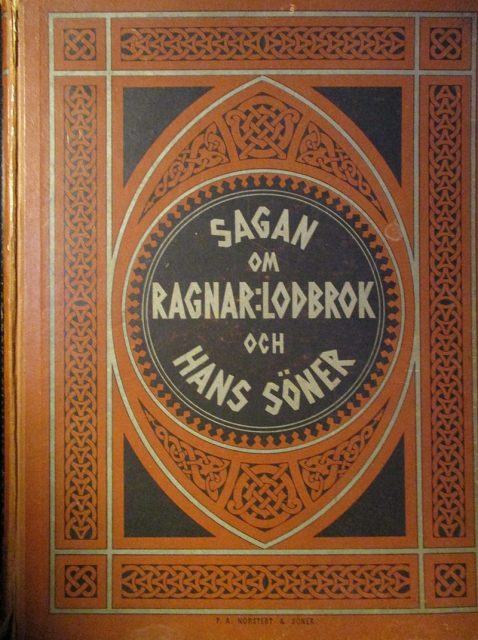
This decision was a collective one, however, not one exclusive to the parents. A panel of elders had to decide whether there was compelling evidence that the polis, or community, would be damaged if the child should live.
Other ancient societies, such as the Carthaginians, sacrificed children to their gods. Some of the sea peoples – those tribes that settled around the Mediterranean Basin in the period 1200-900 B.C., also practiced sacrificial infanticide.
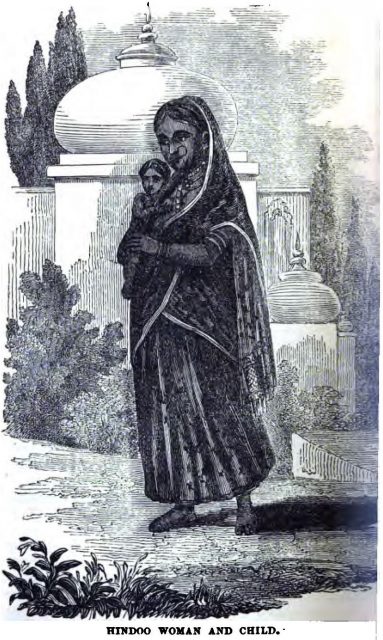
However, we are not talking about sacrifice here, but the deliberate murder of children who were sick or malformed, the thought being that their death would keep society strong. The two most famous Roman children, Romulus and Remus, were abandoned as infants, found by a she-wolf and grew to become the mythological founders of Rome.
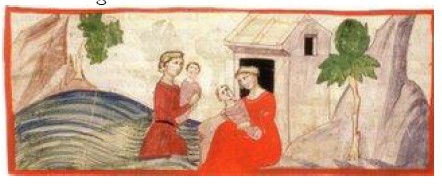
Mythology aside, the Romans did practice infanticide for a variety of reasons. The first has been explained above, but other reasons included: the death of the baby meant one less mouth to feed in times of hardship or famine, and though Roman women practiced both contraception and abortion, children of “questionable paternity” were sometimes exposed.
Other societies, even into modern times, have practiced infanticide, most notably in China and India where cultural and sexist myths about the desirability of female children has caused widespread instances of female infanticide, especially in the more poorly educated countryside. Both governments are working today to eradicate the practice.
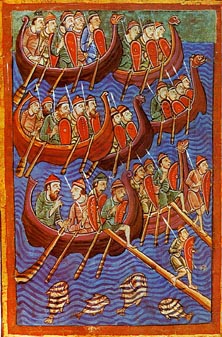
Native American tribes in the far north practiced infanticide through exposure until the 19th century, and other cultures throughout history have done so as well, including pre-Islamic Arabia.
In the case of many of the warrior cultures mentioned, but especially in the case of the Vikings, there was a “somewhat” charitable perspective on the issue of infant death. Norse culture was a warrior culture, and whether you were a Viking on a long-ship raiding Europe or a farmer back home, one was expected to fight for one’s clan, local leader or king.
The entire Norse spiritual system was a warrior mythos, and death in battle considered the highest honor. For a child that was incapable of fighting in battle, an early death was considered merciful, to keep the child from living a life of shame and ostracism.

You might say that this was proved wrong in the case of “Ivar the Boneless.” Firstly, not all Viking children were killed. The practice was widespread but not universal. It is possible that Ivar was crippled and through incredible will, cunning and intelligence managed to lead the “Great Heathen Army” in the 9th century.
However, it is still debated whether the nickname “Boneless” actually refers to a disability. Some believe that Ivar was exceedingly nimble, able to move seemingly without bones. Others believe it to be an insult – an appellation given by his enemies…“Boneless” referring to a smaller or ineffectual male member. We may never know.
With the coming of Christianity in Rome in the early 4th century A.D., the practice of infanticide virtually ceased.
Matthew Gaskill holds an MA in European History and writes on a variety of topics from the Medieval World to WWII to genealogy and more. A former educator, he values curiosity and diligent research. He is the author of many best-selling Kindle works on Amazon.
